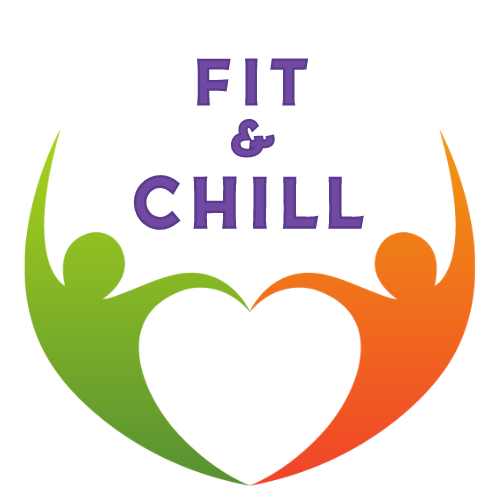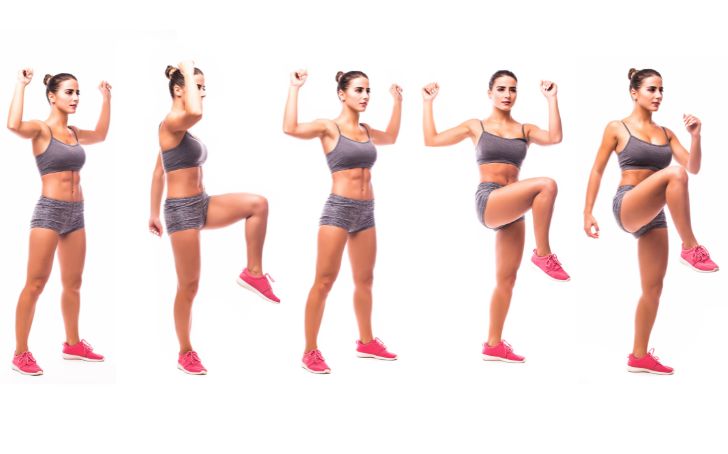Benefits of The Standing Elbow to Knee
- Oblique Strengthening: Standing Elbow to Knee targets the oblique muscles, helping to strengthen and tone the sides of the torso.
- Core Stability: By engaging the core muscles to maintain balance and control throughout the movement, this exercise helps improve core stability and balance.
- Flexibility: Standing Elbow to Knee involves a rotational movement that helps improve flexibility in the torso and spine.
- Improved Posture: Performing this exercise encourages proper posture by engaging the muscles of the back and core to support the spine.
- Functional Movement: Standing Elbow to Knee mimics rotational movements used in daily activities, making it a functional exercise that improves overall mobility and movement efficiency.
Tips for Beginners:
- Start Slow: Begin with slow, controlled movements to ensure proper form and technique before increasing speed or intensity.
- Focus on Form: Pay attention to maintaining proper posture and alignment throughout the exercise, avoiding rounding or arching your back.
- Keep Movements Controlled: Perform each repetition with control, focusing on engaging the obliques and avoiding momentum.
- Modify as Needed: If lifting your knee towards your chest feels challenging, you can start by lifting it only partway and gradually increase the range of motion as you get stronger.
- Use a Mirror: Performing Standing Elbow to Knee in front of a mirror can help you monitor your form and ensure proper alignment of your torso and arms.



Leave A Comment